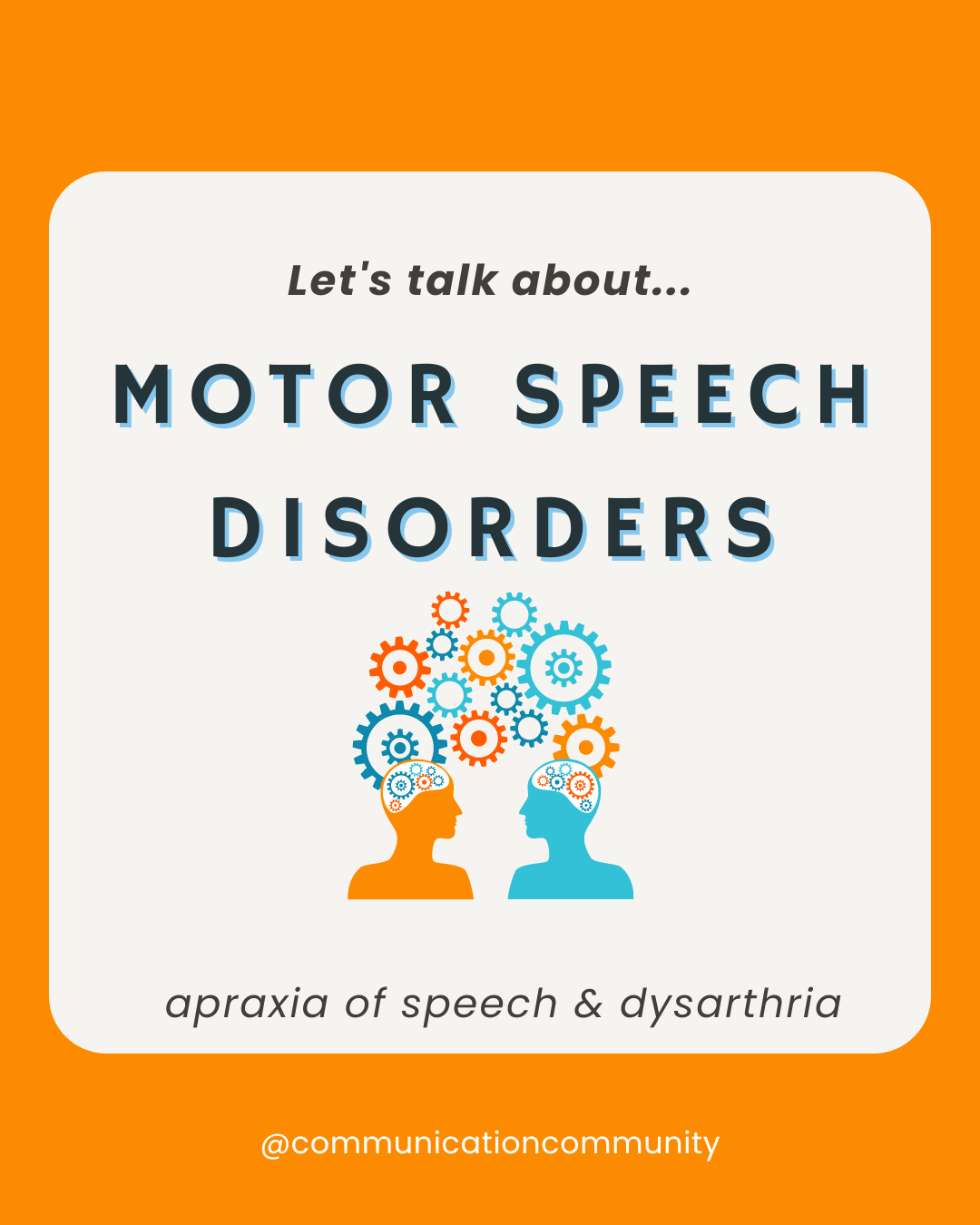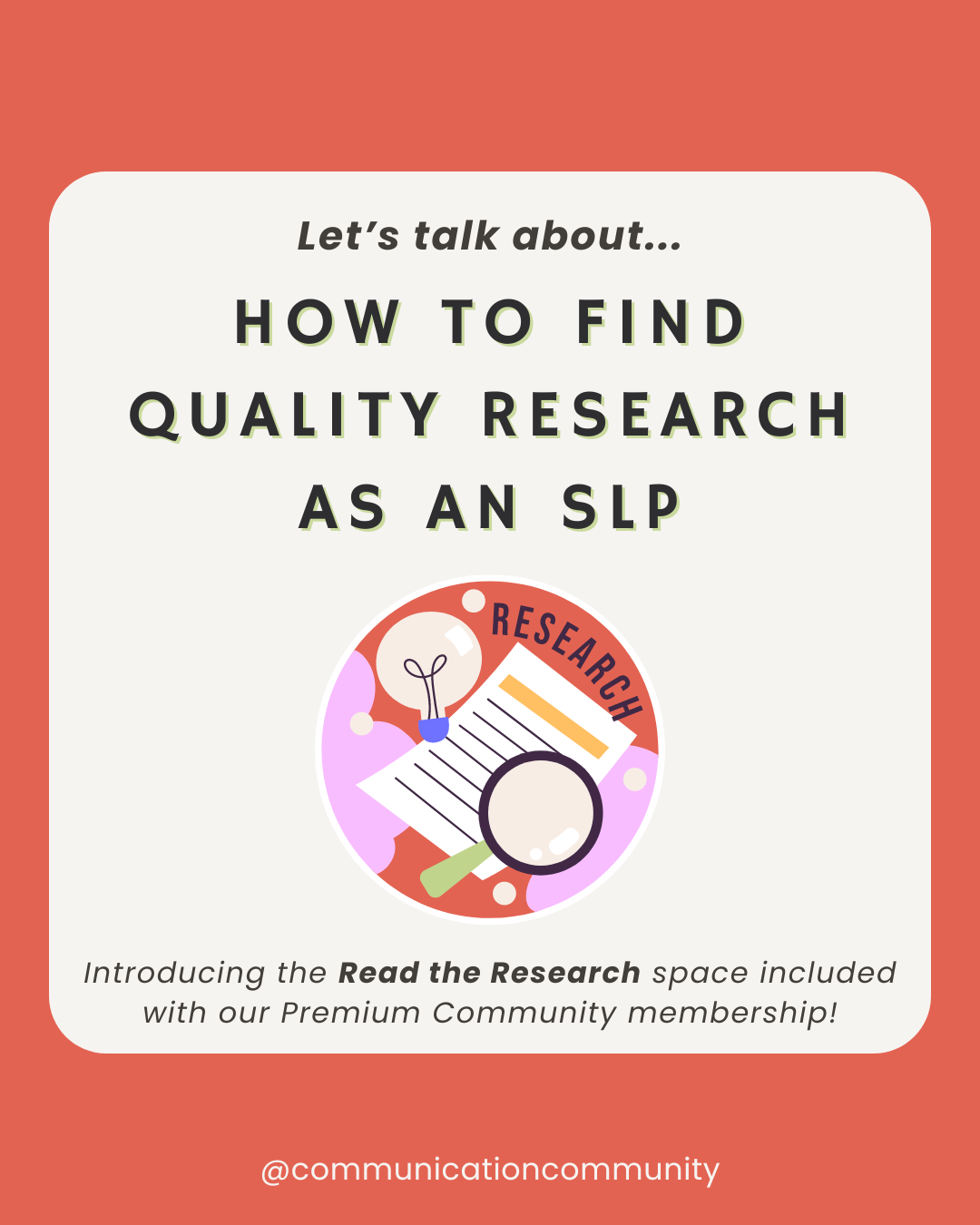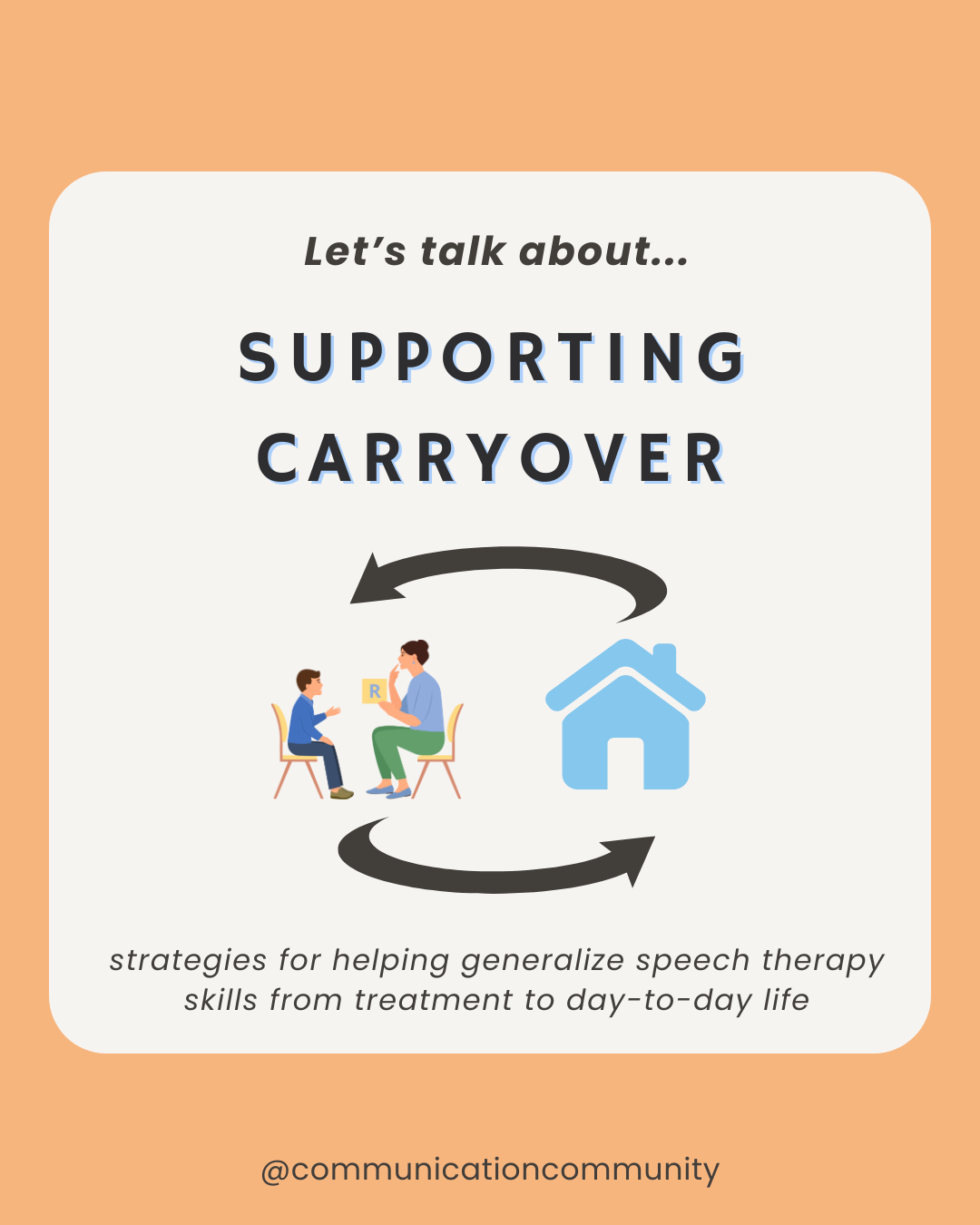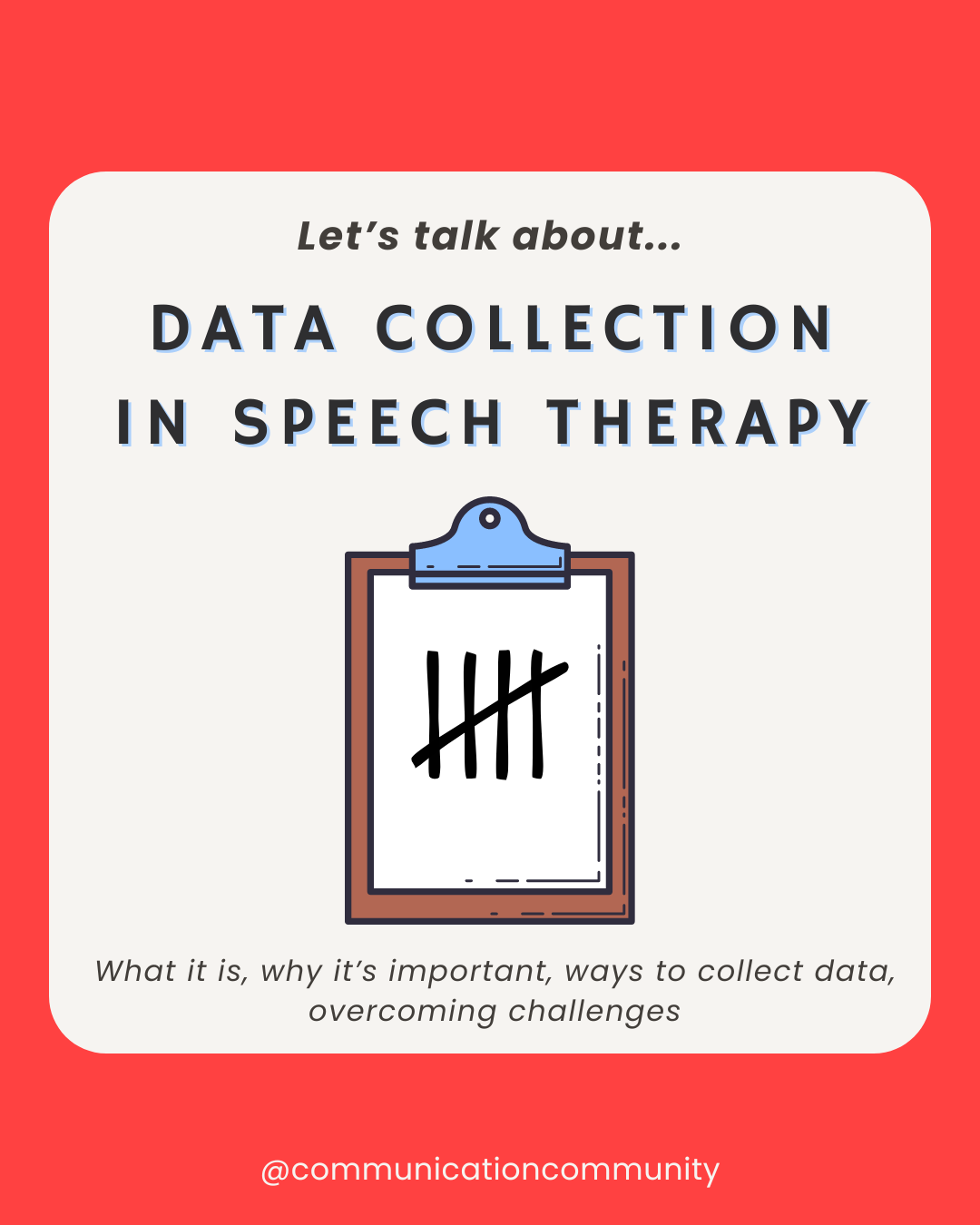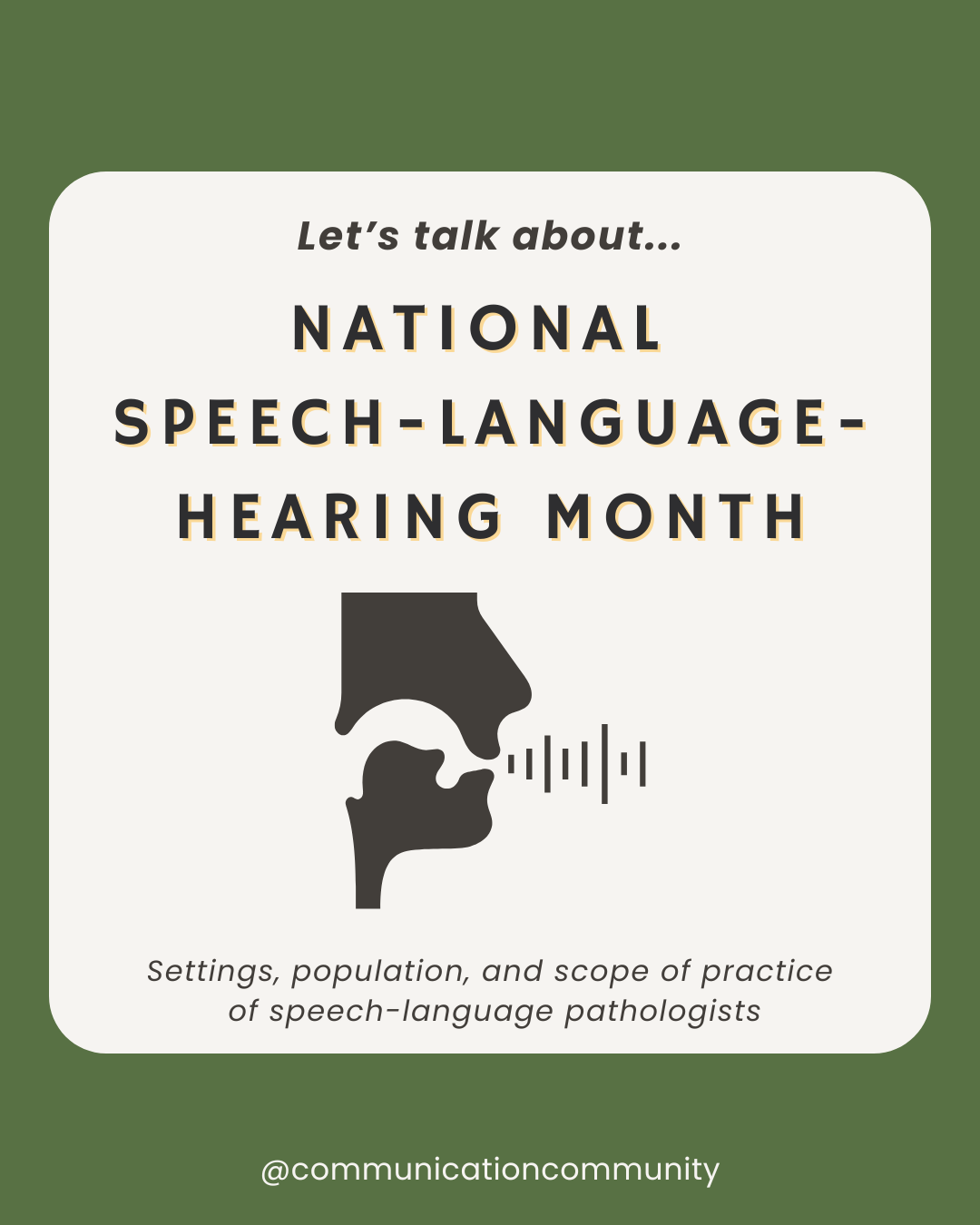What Are Motor Speech Disorders?
Dysarthria and apraxia of speech are the two primary types of motor speech disorders. Motor speech disorders are a family of disorders that result from physical difficulties producing speech.
Dysarthria and apraxia are considered motor speech disorders because they are caused by damage to the neural systems involved in planning, coordinating, timing, and executing movements necessary for fluent, clear speech. It is important to note that they are not the result of problems with cognitive thinking or language comprehension.
While dysarthria and apraxia both impact speech, they do so in different ways: dysarthria affects the physical execution of speech due to muscle control issues while apraxia disrupts the motor planning and programming aspects of speech.
It is important to note that some individuals may have neurological damage that causes both symptoms of apraxia and dysarthria.
What is Dysarthria?
Dysarthria is caused by muscle weakness or the inability to control the muscles related to speech (sometimes called articulators - lips, tongue, cheeks, etc.). Speech can appear slurred or unintelligible (difficult to understand) to the listener. Dysarthria can mildly affect the way speech is understood or it can be quite severe, making it difficult to understand one’s speech.
Dysarthria can be caused by differences in strength, speed, range, steadiness, tone, and/or accuracy of speech movements. These differences can also impact the coordination of movements that involve respiration, phonation, resonance, and prosody. These are all components that contribute to the way that one speaks and communicates oral messages.
Respiration - the air we breathe in and out; the power for speech production
Phonation - the air we produce that vibrates the vocal cords
Resonance - the air shaped by the oral and nasal cavities
Prosody - the rhythm and intonation of speech
Dysarthria: Causes
Dysarthria is caused by neuromuscular disturbance/damage to the brain. It can be congenital (present at birth) or occur following an injury or illness. Some common causes include (but are not limited to):
- Stroke
- Brain injury or tumor
- Multiple sclerosis (MS)
- Amyotrophic lateral sclerosis (ALS)
- Parkinson's disease
- Cerebral palsy
Dysarthria: 7 Types
Characteristics can range in severity and vary in cause depending on the type of dysarthria. Dysarthrias are often classified into 7 different types: ataxic, flaccid, hyperkinetic, hypokinetic, mixed, spastic, and unilateral upper motor neuron.
For example, a diagnosis of ataxic dysarthria would indicate that there was damage to the cerebellum or cerebellar control circuits whereas flaccid dysarthria would indicate damage to the lower motor neurons used in speech.
Read more about the different types of dysarthria and their characteristics here: 7 Types of Dysarthria
Dysarthria: Treatment
If you or a loved one is interested in receiving treatment for dysarthria, a consultation and evaluation, from a speech-language pathologist (SLP) is the most general first course of action before treatment. You may consult with your doctor about a referral to an SLP if you are concerned. Depending on the dysarthria type/severity and co-occurring disorders or difficulties, service delivery and intensity of services can vary. It may be appropriate for treatment to include other methods of communication, such as introducing an augmentative and alternative communication (AAC) system. According to ASHA, common treatment can also focus on:
- Decreasing rate of speech
- Increasing breath support to sound louder
- Improving muscle strength of articulators
- Increasing speech clarity
What is Apraxia of Speech?
Apraxia of speech affects a person's ability to voluntarily control the precise movements required for speech. The problem is not due to muscle weakness or paralysis but rather due to difficulty with the brain's ability to create the correct plans to move the body parts (articulators) needed for speech (e.g., lips, jaw, tongue, etc.). Individuals with apraxia of speech may exhibit symptoms such as:
Reducing speech rate - overall, speech is produced slower than what would be considered “typical”
Distorting sounds - words may sound a little “off” or distorted, due to the brain’s difficulty creating a proper plan for saying a word
Making inconsistent errors - a word may be correctly produced in one instance and is unable to be repeated said correctly the following instance or on another occurrence (e.g., next day)
Groping for sounds - an individual may try multiple times in a row to produce a sound, e.g., trying to say the /w/ sound over and over before saying it correctly
Making errors related to stress or rhythm - an example might include someone placing incorrect stress on the second syllable of a word (e.g., “apple”) rather than the first (“apple”)
There are two primary types of apraxia of speech: acquired apraxia of speech (AOS) and developmental apraxia, also known as childhood apraxia of speech (CAS).
Apraxia of Speech: Causes
Acquired apraxia of speech usually occurs in adults and is caused by damage to the parts of the brain necessary for producing speech sounds. Damage may be due to a brain injury, stroke, tumor, or other neurological diseases.
Childhood apraxia of speech is present from birth and the exact cause is often unknown, although it may be associated with neurological conditions or genetic syndromes. Symptoms may be noticed as the child starts to produce words and include limited babbling, difficulty combining sounds, longer pauses between sounds, and inconsistent errors.
Apraxia of Speech: Treatment
Treatment approaches related to apraxia work on helping individuals improve the “plan” for their muscles and training the articulatory muscles to move correctly. Treatment often involves physical, visual, and auditory prompts to help cue an individual to adequately move these muscles. Physical cues may include touching the throat when forming a /k/ sound, looking at pictures of where to place the teeth or lips to produce the /f/ sound, or listening to a sound/word said and indicating whether it was produced correctly or not. Some common pediatric apraxia interventions include the Kauffman Approach to Apraxia and PROMPT.
There are many more approaches for treating AOS, which can be found on the ASHA website.
In conclusion, dysarthria and apraxia of speech are two distinct types of motor speech disorders with different causes and symptoms. Dysarthria arises from muscle weakness or coordination issues affecting the quality of speech production, often resulting in slurred or slow speech, while Apraxia of Speech is a neurological condition that disrupts the motor planning and programming required for speech, leading to difficulties in forming consistent speech sounds and sequencing sounds into words. While both disorders impact speech, their treatment approaches differ as well, typically involving specialized speech therapy techniques tailored to each condition's specific challenges.
Looking for more resources?
We also created a robust goal creator packet with thousands of possible goal combinations for articulation, phonology, and apraxia.


References/further resources:
American Speech-Language-Hearing Association. (n.d.). Acquired Apraxia of Speech. ASHA. Retrieved May 11, 2023, from https://www.asha.org/practice-portal/clinical-topics/acquired-apraxia-of-speech/#collapse_6
American Speech-Language-Hearing Association. (n.d.). Childhood Apraxia of Speech. ASHA. Retrieved May 11, 2023, from https://www.asha.org/public/speech/disorders/childhood-apraxia-of-speech/
American Speech-Language-Hearing Association. (n.d.). Dysarthria. ASHA. Retrieved May 11, 2023, from https://www.asha.org/public/speech/disorders/dysarthria/
Cleveland Clinic. (2020, August 28). Dysarthria: Causes, symptoms, diagnosis, treatment. Cleveland Clinic. https://my.clevelandclinic.org/health/diseases/17653-dysarthria
Mayo Clinic Staff. (2021, July 30). Dysarthria: Symptoms & causes. Mayo Clinic. https://www.mayoclinic.org/diseases-conditions/dysarthria/symptoms-causes/syc-20371994
Mayo Clinic Staff. (2020, June 23). Childhood apraxia of speech: Symptoms & causes. Mayo Clinic. https://www.mayoclinic.org/diseases-conditions/childhood-apraxia-of-speech/symptoms-causes/syc-20352045
National Institute on Deafness and Other Communication Disorders. (2021, March). Apraxia of Speech. National Institute on Deafness and Other Communication Disorders. https://www.nidcd.nih.gov/health/apraxia-speech
Yunusova, Y., Green, J. R., Lindstrom, M. J., Ball, L. J., Pattee, G. L., & Zinman, L. (2019). Bulbar and speech motor assessment in ALS: Challenges and future directions. Amyotrophic Lateral Sclerosis and Frontotemporal Degeneration, 20(5-6), 352–365. https://doi.org/10.1080/21678421.2019.1597956
Co-founder note: Please note that while our blog post may reference a particular company/product for informational purposes, we are not in any way affiliated with or endorsed by the company that manufactures this product. Our goal is to provide comprehensive, unbiased content to our readers, and any product mentions are solely for the purpose of illustration or discussion within our posts. Thanks!

